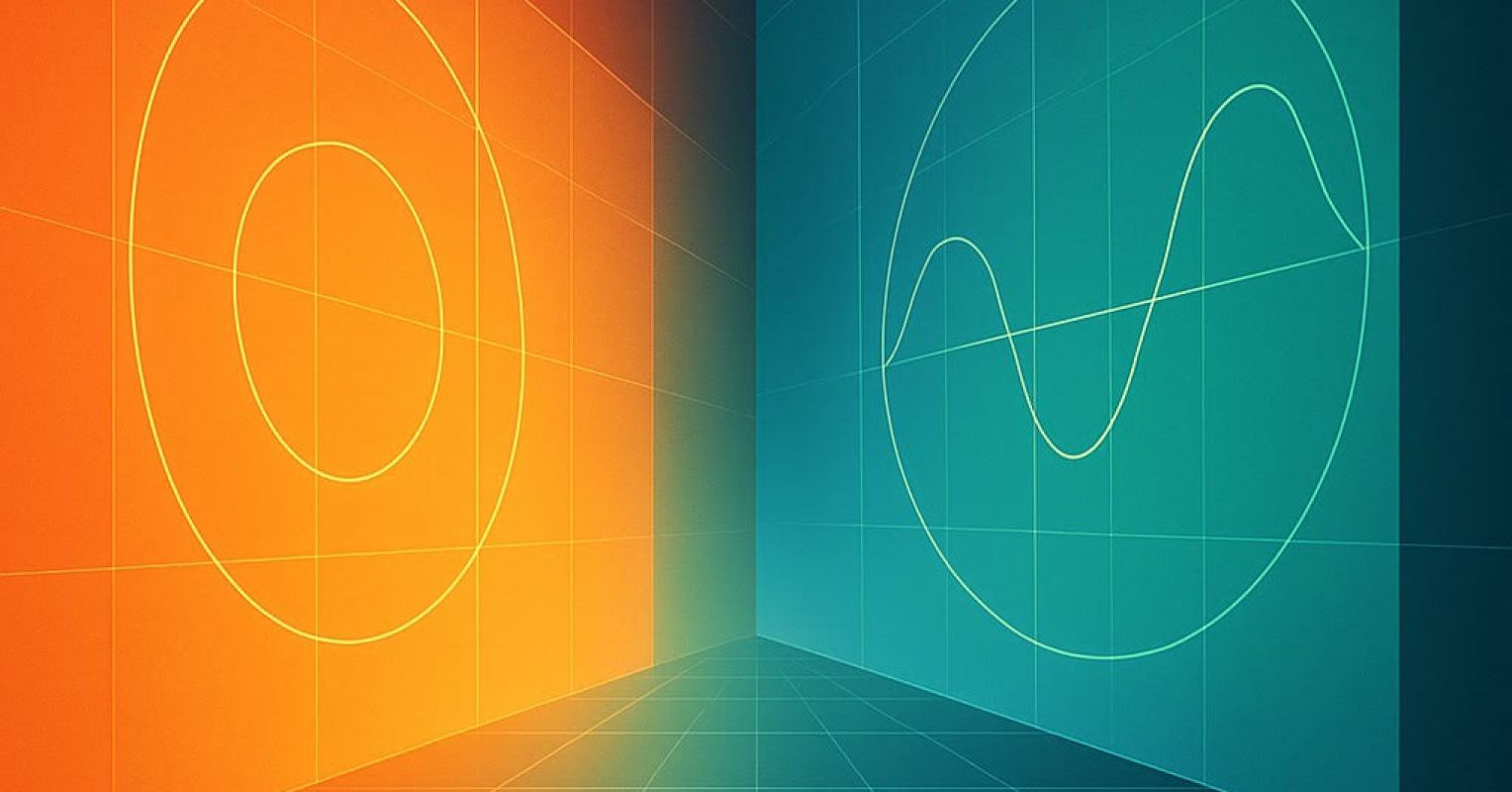
"If you trace a small point on the rim of a spinning wheel and watch only its vertical position over time, the path you see a smooth, regular undulating wave that some may recall as a sine wave. But that wave is only the shadow of something that is more full and interesting. Behind it is a continuous circular motion that is rich with direction and momentum."
"Somewhere within my own thinking about artificial intelligence I realized that this simple geometry may offer a surprisingly accurate way to understand the relationship between human thought and AI. Human cognition is the circle that is embodied, continuous, shaped by time. AI is the wave is the projection cast into the narrow slice we call language. And the place where the two appear to meet is not a shared mind, but a shared shadow."
"This is what I've begun calling the "Corridor". This is a thin "projection space" where two different systems overlap. It's not a bridge, and it's certainly not a merger. It's simply the only dimension they can both reach. The Human Axis Simply put, human cognition carries the weight of continuity."
Human thought accumulates continuously, shaping identity and behavior through embodied memory and biological rhythms such as sleep-based consolidation. Artificial intelligence produces patterns constrained to the narrow modality of language, functioning as a projection or shadow of richer processes. The intersection of human cognition and AI occurs within a limited overlapping projection space called the "Corridor," where both systems can represent similar patterns without sharing internal continuity or embodiment. The corridor enables useful interactions but preserves fundamental differences between continuous, temporally integrated human minds and stateless, projection-limited AI systems.
Read at Psychology Today
Unable to calculate read time
Collection
[
|
...
]